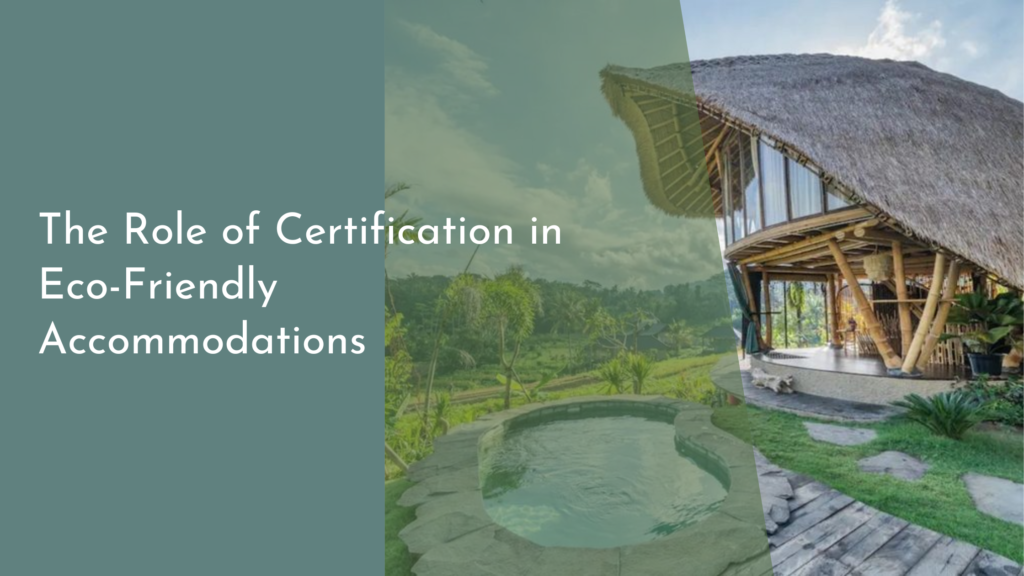Brownfield Remediation: Transforming Toxic Sites into Green Havens
Brownfield remediation is an essential process in the quest for sustainable urban development. Brownfield sites, often characterized by their previous industrial or commercial use, have become synonymous with environmental degradation and community neglect. However, through innovative remediation techniques, these toxic lands can be transformed into vibrant green spaces that not only enhance local ecosystems but also improve the quality of life for residents. This article explores the intricacies of brownfield remediation, the steps involved in revitalizing these sites, inspiring success stories, and the future benefits of such transformations.
Understanding Brownfield Sites and Their Environmental Impact
Brownfield sites are parcels of land that have been previously developed but are now underutilized due to contamination or the perceived threat of pollution. Often, these sites are found in urban areas where industrial activities have left behind hazardous materials, such as heavy metals, petroleum products, and chemical solvents. The presence of these contaminants poses significant risks to human health and the environment, impacting local air and water quality and contributing to broader ecological issues.
The environmental impact of brownfield sites extends beyond immediate health concerns. They can lead to the degradation of surrounding ecosystems, loss of biodiversity, and diminished property values in adjacent neighborhoods. Furthermore, the stigma associated with these toxic sites discourages investment and development, perpetuating cycles of poverty and blight in urban communities. Understanding the implications of brownfields is the first step toward addressing these issues through effective remediation strategies.
The Remediation Process: Steps to Revitalize Toxic Land
The remediation process involves a series of well-defined steps aimed at assessing, cleaning, and repurposing contaminated sites. Initially, a thorough site assessment is conducted to identify the type and extent of contamination. This can include soil sampling, groundwater testing, and historical research to understand past site uses. Once the assessment is complete, remediation strategies are developed, which may include physical removal of contaminants, chemical treatment, or bioremediation techniques that utilize microorganisms to break down pollutants.
After the contaminants are addressed, the next phase focuses on site redevelopment. This stage involves community engagement to determine the best use of the land, whether as parks, residential areas, or commercial spaces. The final step is monitoring and maintaining the site to ensure that it remains safe and sustainable for future generations. Successful remediation not only cleans up the land but also reintegrates it into the community, fostering a sense of ownership and pride among residents.
Success Stories: Transforming Brownfields into Green Spaces
Across the globe, numerous success stories highlight the transformative power of brownfield remediation. One notable example is the High Line in New York City, which was once an abandoned elevated railway line. After extensive remediation and community involvement, it has been transformed into a lush public park that attracts millions of visitors each year. This project not only revitalized a neglected urban space but also spurred economic development in the surrounding neighborhoods, showcasing the potential of repurposing brownfields.
Another inspiring case is the transformation of the former industrial site known as the Atlanta BeltLine. This ambitious project has converted old railway corridors into a network of parks, trails, and transit options, significantly enhancing urban connectivity and community well-being. The BeltLine has become a model for sustainable urban redevelopment, demonstrating how brownfield remediation can lead to vibrant, green spaces that benefit both the environment and local residents.
The Future of Urban Renewal: Benefits of Remediated Sites
The future of urban renewal is bright, especially when it comes to the benefits of remediated brownfield sites. By transforming these toxic lands into green havens, cities can address critical issues such as climate change, urban heat islands, and biodiversity loss. Green spaces play a vital role in improving air quality, managing stormwater runoff, and providing habitats for wildlife, ultimately contributing to healthier ecosystems and communities.
Moreover, remediated sites can serve as catalysts for economic development, attracting new businesses and residents to previously neglected areas. With increased property values and enhanced community amenities, cities can experience a revitalization that fosters social cohesion and economic growth. As more communities embrace brownfield remediation, the potential for creating sustainable urban environments will continue to expand, paving the way for a greener, healthier future.
In conclusion, brownfield remediation is a vital process that not only addresses environmental contamination but also revitalizes urban landscapes. By transforming toxic sites into green spaces, communities can reap numerous benefits, from improved public health to enhanced economic opportunities. As we look to the future, the continued commitment to remediating brownfields will play a crucial role in creating sustainable cities that prioritize both environmental stewardship and community well-being. The journey from toxic land to thriving green havens is not just a hopeful vision; it is a reality that is already unfolding in cities around the world.

